Deal Desk Explained: What You Need to Know in 2025


Introduction
In today's competitive B2B landscape, sales teams face increasing pressure to close deals faster while maintaining pricing discipline and compliance standards.
This is where deal desk solutions become crucial for revenue operations. A deal desk serves as the central hub for quote management, pricing approvals, and deal structuring, helping sales organizations streamline their most complex transactions.
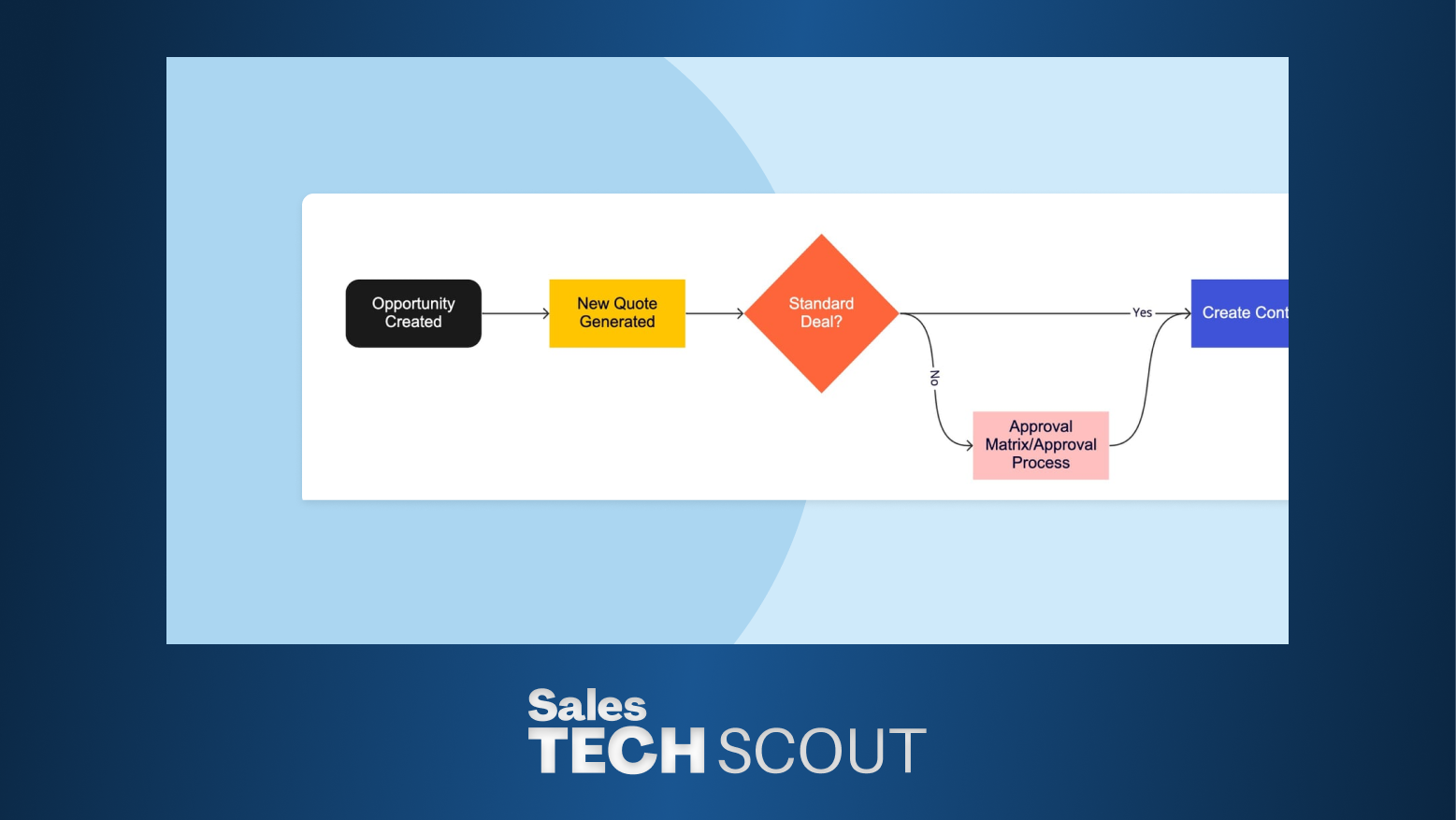
This comprehensive guide covers everything you need to know about deal desk tools in 2025, including core functionality, implementation considerations, and how to choose the right solution for your organization.
What is a Deal Desk?
A deal desk is a centralized system and process that manages non-standard deals, pricing approvals, and quote generation within sales organizations.
It acts as the control center where sales representatives, finance teams, and leadership collaborate to structure, price, and approve complex deals before they reach the customer.
Modern deal desk solutions combine workflow automation, approval routing, and real-time collaboration features to eliminate bottlenecks in the quote-to-cash process. Rather than relying on email chains and spreadsheets, deal desk platforms provide a structured environment where all stakeholders can review deal terms, suggest modifications, and provide approvals efficiently.
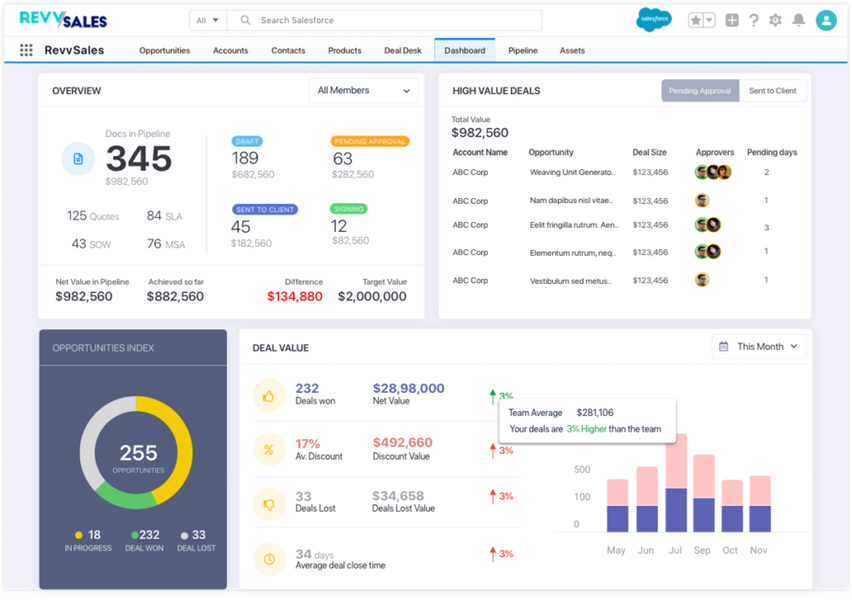
The core components of an effective deal desk include:
Quote Configuration: Dynamic pricing engines that automatically calculate discounts, bundles, and custom configurations based on predefined business rules.
Approval Workflows: Automated routing of deals that require management approval based on discount thresholds, deal size, or special terms.
Collaboration Tools: Shared workspaces where sales, finance, legal, and executive teams can review and comment on deal structures.
Analytics and Reporting: Real-time visibility into deal velocity, approval times, and pricing performance across the sales organization.
Core Features of Deal Desk Solutions
Automated Quote Generation
Modern deal desk platforms eliminate manual quote creation through intelligent automation. These systems pull product information, pricing rules, and customer data from integrated CRM systems to generate accurate quotes in minutes rather than hours.
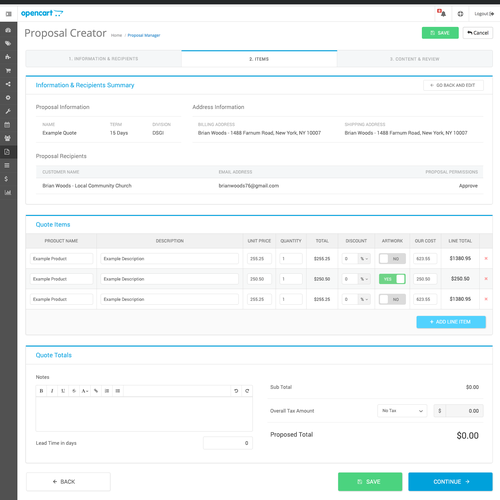
Key capabilities include dynamic pricing calculations based on volume discounts, multi-year commitments, and competitive situations.
Advanced platforms also support complex product bundles and subscription pricing models that are common in B2B software sales.
Approval Workflow Management
Deal desk solutions excel at routing deals through appropriate approval chains based on predefined business rules. For example, deals with discounts above 20% might automatically route to sales management, while contracts with custom terms require legal review.
The most effective platforms provide flexible workflow configuration, allowing organizations to adapt approval processes as their business evolves. Real-time notifications ensure stakeholders can review and approve deals quickly, preventing delays in the sales cycle.
Integration Capabilities
Leading deal desk solutions integrate seamlessly with existing sales technology stacks.
This includes bi-directional synchronization with CRM platforms like Salesforce, HubSpot, and Microsoft Dynamics, ensuring deal information stays consistent across systems.

Additional integrations often include ERP systems for order fulfillment, e-signature platforms for contract execution, and business intelligence tools for advanced analytics.
When to Use a Deal Desk Solution
Growing Deal Complexity
Organizations should consider implementing a deal desk when their sales process involves increasingly complex pricing structures, custom terms, or multi-product bundles.
If sales representatives regularly need management approval for pricing decisions, a deal desk can dramatically improve efficiency.
Companies selling enterprise software, professional services, or technical solutions often reach this inflection point when deal sizes grow and customer requirements become more sophisticated.
Approval Bottlenecks
When deal approvals become a consistent source of delays in the sales cycle, it's time to evaluate deal desk solutions. Manual approval processes that rely on email or phone calls often create unnecessary friction and extend time-to-close.
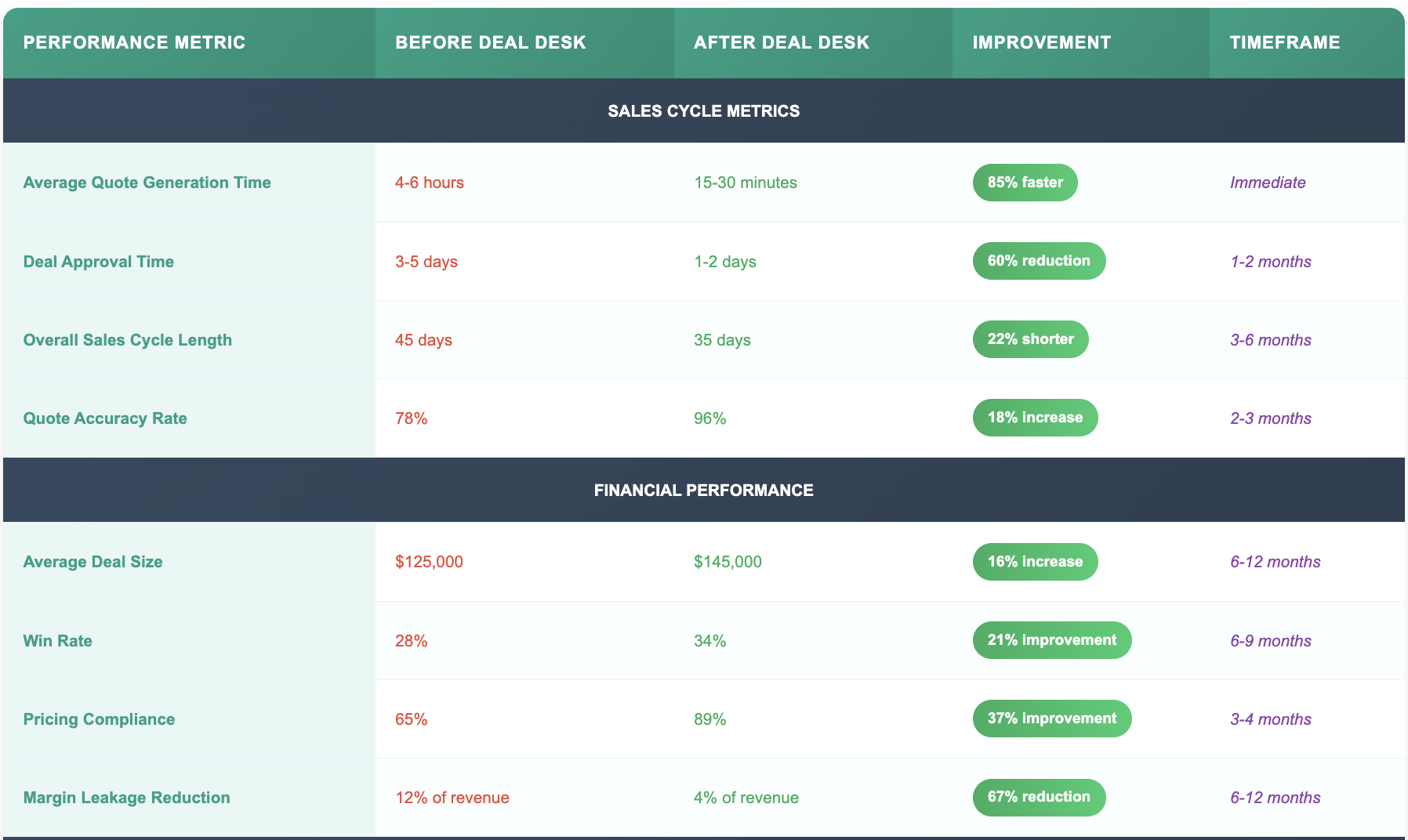
Organizations experiencing approval bottlenecks typically see 20-30% improvements in deal velocity after implementing proper deal desk processes.
Pricing Discipline Issues
Companies struggling with pricing consistency or margin erosion across their sales team benefit significantly from deal desk implementation. These platforms enforce pricing guidelines while still allowing necessary flexibility for competitive situations.
Regulatory Compliance Requirements
Industries with strict compliance requirements, such as financial services or healthcare technology, often require deal desk solutions to maintain proper audit trails and ensure all deals meet regulatory standards.
Pros and Cons of Deal Desk Solutions
Advantages
Improved Deal Velocity: Automated workflows and centralized approval processes typically reduce sales cycle length by 15-25%, allowing teams to close more deals in less time.
Enhanced Pricing Control: Deal desk platforms enforce pricing guidelines while providing visibility into discount patterns and margin impact across the sales organization.
Better Collaboration: Centralized deal reviews improve communication between sales, finance, legal, and executive teams, reducing misunderstandings and last-minute changes.
Increased Deal Size: Studies show that organizations with mature deal desk processes typically see 10-15% increases in average deal size due to better upselling and cross-selling capabilities.
Scalability: Deal desk solutions grow with your organization, supporting increased deal volume and complexity without proportional increases in operational overhead.

Potential Drawbacks
Implementation Complexity: Setting up deal desk workflows requires careful planning and change management, particularly in organizations with established manual processes.
User Adoption Challenges: Sales teams accustomed to informal approval processes may resist structured workflows, requiring training and ongoing support.
Integration Requirements: Maximizing deal desk value requires integration with existing systems, which can be complex and time-consuming.
Cost Considerations: Enterprise deal desk solutions represent significant software investments, though most organizations see positive ROI within 12-18 months.
Leading Deal Desk Solutions in 2025
Salesforce CPQ
Salesforce CPQ (Configure, Price, Quote) remains the market leader for organizations already using Salesforce CRM. The platform offers deep integration capabilities and extensive customization options, making it suitable for complex enterprise sales processes.
Key strengths include robust product configuration capabilities, automated pricing rules, and seamless integration with the broader Salesforce ecosystem. However, implementation complexity and cost can be significant barriers for smaller organizations.

HubSpot Quotes
HubSpot's native quoting functionality provides an accessible entry point for growing businesses. While not as feature-rich as enterprise solutions, it offers solid basic functionality for straightforward B2B sales processes.
The platform excels in ease of use and quick implementation, making it attractive for organizations seeking immediate improvements without extensive customization requirements.
Oracle CPQ Cloud
Oracle CPQ Cloud serves large enterprises with complex product catalogs and global operations. The platform offers advanced configuration capabilities and supports multi-currency, multi-language operations.
Notable features include guided selling capabilities, advanced analytics, and robust API integration options for custom business processes.
Apttus (Conga) Revenue Lifecycle Management
Apttus, now part of Conga, provides comprehensive revenue lifecycle management including CPQ, contract management, and billing automation. This end-to-end approach appeals to organizations seeking unified revenue operations.

Implementation Best Practices
Planning and Preparation
Successful deal desk implementations begin with thorough process mapping and stakeholder alignment. Organizations should document current approval workflows, identify pain points, and define success metrics before selecting a solution.
Key planning activities include stakeholder interviews, process documentation, data migration planning, and integration requirement analysis.
Change Management
User adoption represents the biggest risk factor in deal desk implementations. Organizations should invest in comprehensive training programs and establish clear communication about how new processes benefit individual users.
Consider appointing deal desk champions within each department to provide peer support and gather feedback during the rollout process.
Gradual Rollout
Rather than implementing all features simultaneously, successful organizations typically adopt a phased approach. Start with basic quote generation and approval workflows before adding advanced features like complex product configurations or advanced analytics.
Measuring Deal Desk Success
Key Performance Indicators
Organizations should track specific metrics to measure deal desk effectiveness:
Quote-to-Cash Cycle Time: Measure the average time from initial quote to signed contract and compare pre and post-implementation performance.
Approval Velocity: Track how quickly deals move through approval workflows and identify bottlenecks that require process optimization.
Pricing Compliance: Monitor discount patterns and pricing variance to ensure deal desk controls are maintaining margin discipline.
Deal Size Growth: Analyze average deal sizes and win rates to measure the impact of improved quote accuracy and configuration capabilities.
User Adoption Rates: Track system usage and feature adoption across sales teams to identify training needs and process improvements.
ROI Calculation
Most organizations see deal desk ROI through improved sales productivity, reduced quote errors, and faster deal closure. Calculate ROI by measuring productivity gains, error reduction savings, and incremental revenue from improved deal velocity.
Future Trends in Deal Desk Technology
Artificial Intelligence Integration
Leading deal desk platforms are incorporating AI capabilities to provide intelligent pricing recommendations, identify upselling opportunities, and predict deal outcomes. These features help sales teams make more informed decisions and improve overall deal quality.
Mobile Optimization
As remote selling becomes standard, deal desk solutions are prioritizing mobile functionality. Modern platforms provide full quote generation and approval capabilities through mobile applications, enabling sales teams to respond to opportunities instantly.
Advanced Analytics
Next-generation deal desk solutions offer predictive analytics that help sales leaders optimize pricing strategies, forecast revenue more accurately, and identify process improvements.
Choosing the Right Deal Desk Solution
When evaluating deal desk options, consider these critical factors:
Integration Requirements: Ensure the solution integrates seamlessly with your existing CRM, ERP, and business systems.
Scalability: Choose platforms that can grow with your organization and handle increased deal volume and complexity.
User Experience: Prioritize solutions that sales teams will actually use. Complex interfaces lead to poor adoption and limited ROI.
Customization Capabilities: Evaluate how well the platform can adapt to your specific business processes and industry requirements.
Total Cost of Ownership: Consider not just licensing costs but implementation, training, and ongoing maintenance expenses.

Conclusion
Deal desk solutions have become essential infrastructure for B2B sales organizations seeking to scale efficiently while maintaining pricing discipline and deal quality. The right platform can dramatically improve sales productivity, reduce cycle times, and provide better visibility into revenue operations.
Success depends on careful solution selection, thorough planning, and strong change management practices. Organizations that invest properly in deal desk implementation typically see significant returns through improved sales efficiency and better deal outcomes.
As B2B sales processes continue to evolve, deal desk platforms will play an increasingly central role in revenue operations, making now an ideal time to evaluate and implement these powerful solutions.
Subscribe to Our Newsletter
To Never Miss a Thing

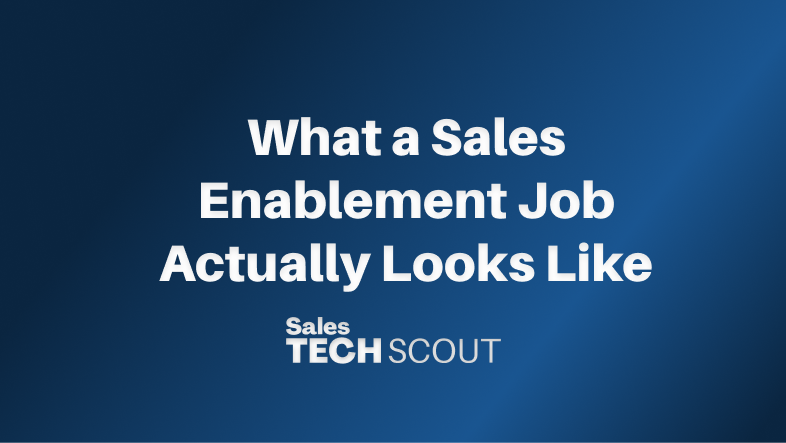




.avif)


